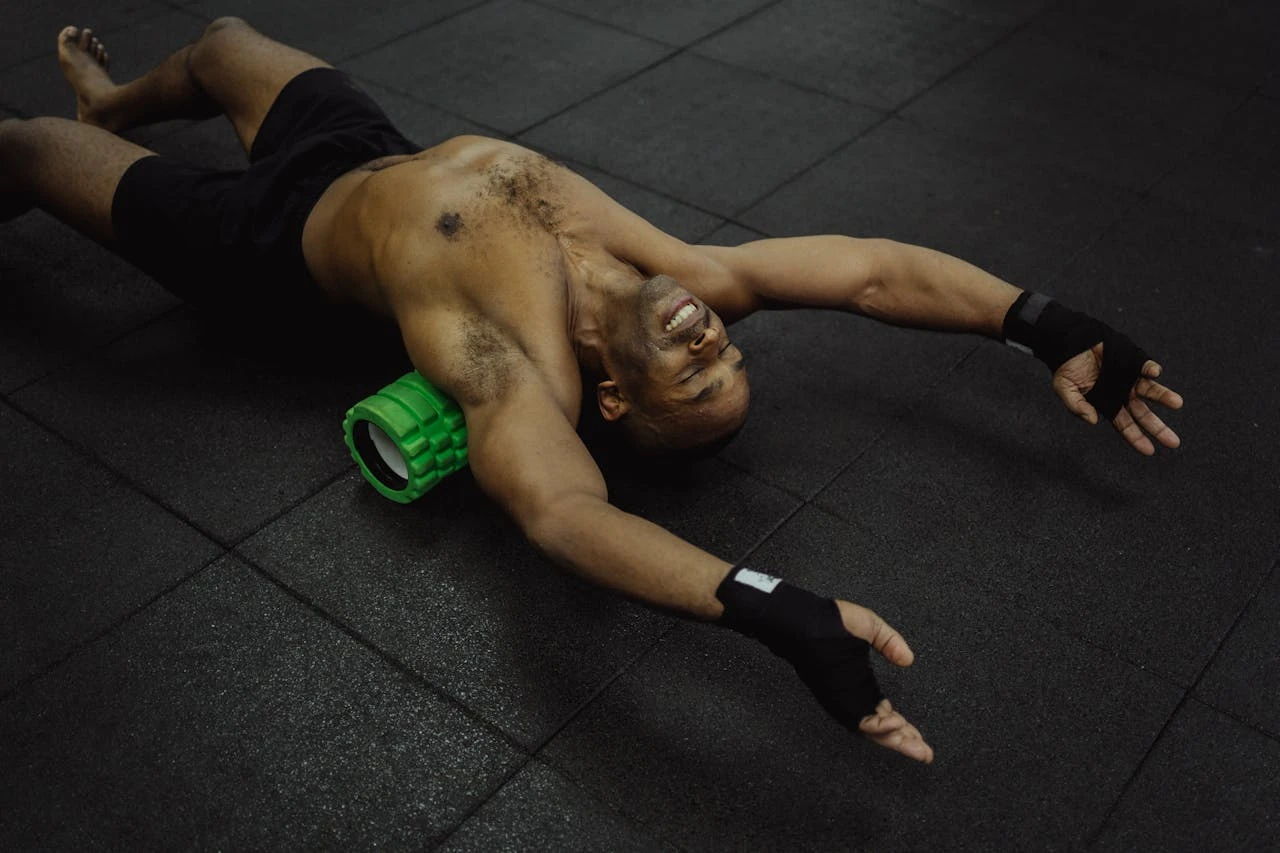When you push your body hard during workouts or long days at the office, muscle stiffness and soreness can slow you down. The good news? There are simple recovery techniques that can help you bounce back quicker and keep you moving smoothly. In this blog, we break down three key strategies: mobility techniques, foam rolling, and cryotherapy. Let’s dive in.
The Problem: Stiffness, Soreness, and Slow Recovery
After a tough session at the gym or an active day, you might notice:
- Tight muscles and reduced range of motion
- Persistent soreness or knots
- Inflammation and discomfort
These issues not only affect your workout performance but can also lead to injuries if left unchecked. The goal is to recover efficiently so your body can repair itself and perform at its best.
The Solution: A Three-Pronged Approach

1. Mobility Techniques
What It Is:
Mobility techniques focus on improving your joint range of motion through movement-based exercises. Unlike static stretches that you hold, mobility work involves dynamic movements that warm up your muscles and joints.
How It Helps:
- Enhances Flexibility: Moving through a full range of motion prepares your muscles for activity.
- Prevents Injury: Better mobility means your joints can handle stress without straining.
- Boosts Performance: Regular mobility work helps maintain smooth, fluid movement during workouts.
Simple Exercises to Try:
- Dynamic Lunges: Step forward and twist your torso gently.
- Hip Circles: Stand on one leg and rotate your other leg in a controlled circle.
- Arm Swings: Swing your arms in big circles to loosen shoulder muscles.
Incorporate these moves into your warm-up routine or as a quick break during long days of sitting. They’re easy to do and can make a big difference in how your body feels.
2. Foam Rolling
What It Is:
Foam rolling is like giving yourself a deep tissue massage. Using a foam roller, you apply pressure to tight muscles to break up knots and improve blood flow. This process is known as self-myofascial release.
How It Helps:
- Reduces Muscle Tightness: Rolling out knots helps your muscles relax and lengthen.
- Improves Circulation: Better blood flow means faster delivery of nutrients to your muscles.
- Speeds Recovery: Less tension can lead to quicker recovery and less soreness.
Tips for Effective Foam Rolling:
- Start Slow: Spend a minute or two on each major muscle group.
- Focus on Trouble Spots: If you find a particularly sore area, give it a little extra time.
- Don’t Overdo It: Use moderate pressure and listen to your body—if it hurts too much, ease up.
You can roll out your calves, quads, back, and even your arms. Making foam rolling a habit after workouts or even during your cool-down can significantly improve your recovery process.

3. Cryotherapy
What It Is:
Cryotherapy is the use of cold to reduce pain and inflammation. This can be as simple as applying ice packs or taking an ice bath. The idea is to lower the temperature of your tissues, which helps numb soreness and reduce swelling.
How It Helps:
- Decreases Inflammation: Cold therapy can minimize swelling and relieve pain after intense exercise.
- Boosts Recovery: By reducing inflammation, cryotherapy can help your muscles recover faster.
- Numbs Pain: The cold can dull the pain signals, giving you relief when you’re sore.
How to Use It Safely:
- Ice Baths: A 10-15 minute soak in cold water can work wonders.
- Local Cryotherapy: For targeted relief, apply an ice pack wrapped in a towel on sore spots for 15-20 minutes.
- Listen to Your Body: If you have any health concerns or conditions like poor circulation, check with a health professional before using cold therapy.
Cryotherapy isn’t for everyone, but if you’re dealing with high levels of soreness or inflammation, it might be worth giving it a try.
Putting It All Together: Building Your Recovery Routine
Step 1: Assess Your Needs
Not every day is the same. Some days, a good foam rolling session might be all you need; other times, a full mobility routine followed by a cold plunge could be more beneficial.
Step 2: Schedule Your Recovery
Plan your recovery as part of your training schedule. Consider spending 5-10 minutes on mobility exercises and foam rolling after every workout. If you’re doing intense sessions, set aside extra time for cryotherapy.
Step 3: Listen to Your Body
Recovery isn’t one-size-fits-all. Pay attention to how your body reacts and adjust the techniques and duration accordingly. Consistency is key—small, regular practices can lead to big improvements over time.
Final Thoughts
Recovery isn’t just a luxury—it’s a necessity if you want to keep performing at your best and prevent injuries. Mobility techniques, foam rolling, and cryotherapy each play a unique role in helping your body bounce back after physical stress. Experiment with these methods, mix and match based on your routine, and find what works best for you.
Keep it simple, keep it consistent, and remember: recovery is just as important as the workout itself. Happy recovering!







